Here are some fascinating facts about the Chernobyl disaster:
Alright, let’s talk about Chernobyl—a name that pretty much everyone has heard, but not everyone fully understands. It’s one of those places that instantly gives off eerie, mysterious vibes. A town that became infamous overnight, thanks to one of the worst nuclear disasters in human history.
But beyond the radioactive horror stories and that super intense HBO series, Chernobyl is also a strange, fascinating piece of history that’s still echoing through time. So if you’re curious about what really happened, how it changed the world, and what the place looks like today—sit back, relax, and let’s take a spooky stroll through the ghost town of Chernobyl.
🏭 Where Is Chernobyl, Anyway?
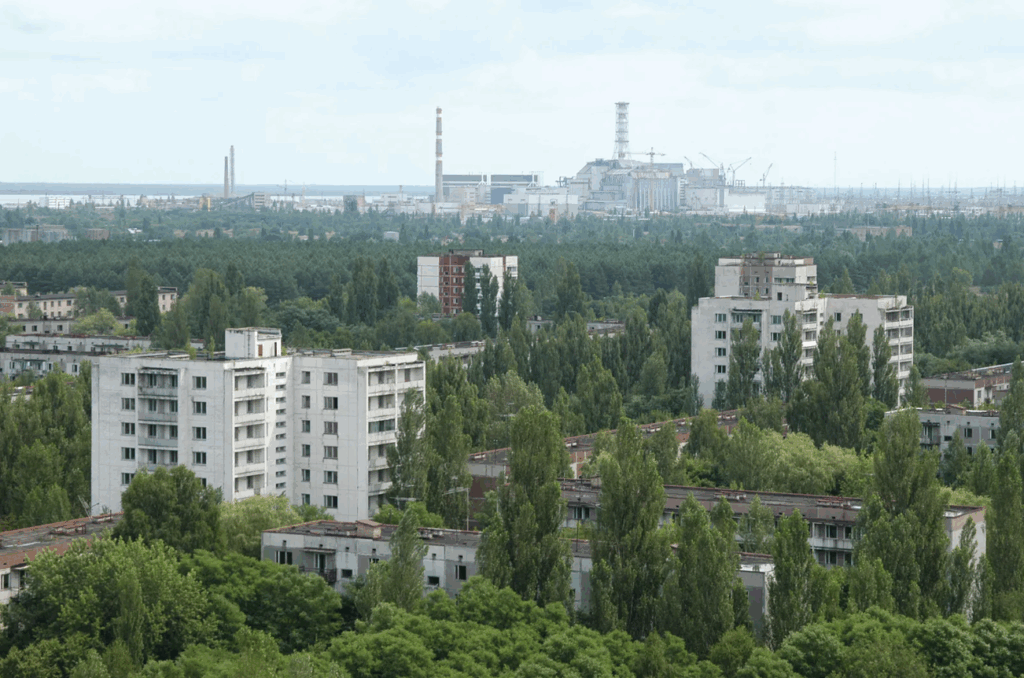
Chernobyl is a small town in northern Ukraine, near the border with Belarus. It was just your average Soviet town—quiet, low-key, full of people living normal lives. Just about 15 km (9 miles) away from it was Pripyat, a much newer and livelier town built for the workers of the Chernobyl Nuclear Power Plant.
And yeah—spoiler alert—that power plant is the one that went kaboom.
⚡ April 26, 1986: The Day Everything Changed

Let’s rewind to April 26, 1986. It was supposed to be just another day, except it wasn’t. Around 1:23 a.m., during a late-night safety test gone horribly wrong, Reactor No. 4 of the Chernobyl Nuclear Power Plant exploded.
And it wasn’t just a small boom.
It was a massive explosion that released radioactive materials into the air—stuff that’s toxic, invisible, and deadly. The fireball that followed lit up the night sky, and within seconds, the world’s worst nuclear accident had begun.
What caused it? A messy combo of flawed reactor design, operator error, and a general Soviet habit of brushing problems under the rug. Not the best combo when dealing with nuclear energy.
☢️ Radiation Everywhere
After the explosion, the reactor started spewing radioactive materials into the atmosphere—iodine-131, cesium-137, strontium-90, and a bunch of other things you definitely don’t want to inhale.
Winds carried the radioactive cloud across Europe. People in Sweden were the first to realize something was up when they found radiation on their clothes—before the Soviet Union even admitted something had happened.
For days, the Soviet government stayed quiet. No public warnings. No evacuations. Life went on like nothing was wrong—even though everything was very, very wrong.
🏃 The Evacuation: 36 Hours Too Late
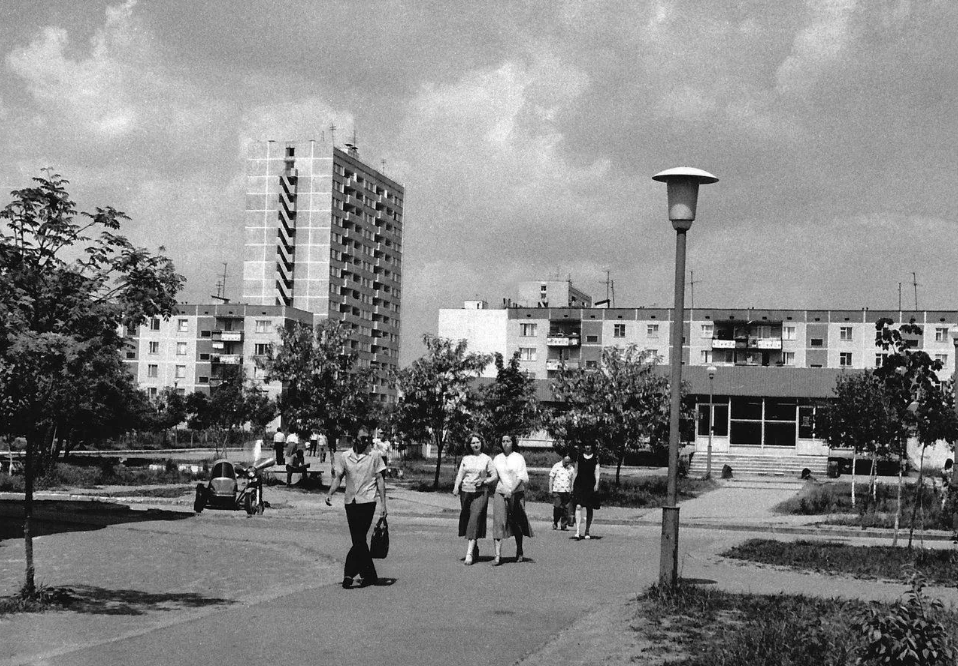
It wasn’t until 36 hours after the explosion that the people of Pripyat were told to pack up and leave—temporarily, they were told. Just take a few essentials, they said. You’ll be back in a couple of days, they said.
They never came back.
Almost 50,000 people were evacuated that day. They left their homes, their pets, their memories—thinking it was just for a short while. But the radiation levels were so high that returning was never an option. Ever.
Today, those apartments still stand with toys, furniture, calendars, and photos frozen in time.
🔥 The Liquidators: Real-Life Heroes
Now, let’s talk about the unsung heroes—the “liquidators.” These were the people—firefighters, soldiers, engineers, miners—who were sent in to contain the damage. Most didn’t fully understand the risks they were taking.
Many were told to shovel radioactive debris off the roof of the reactor without proper gear. Some were even ordered to manually build a concrete sarcophagus around the exploded reactor. Imagine doing all that while your Geiger counter is screaming.
Many liquidators got sick. Some died within weeks. Others struggled with health problems for years. They were real-life warriors in a battle you couldn’t even see.
🦠 The Fallout: Health, Environment & The Scary Part
Now here’s the chilling part—the long-term effects.
- Thousands of cases of thyroid cancer, especially among children who drank contaminated milk.
- Entire forests turned reddish-brown and died—one area is now known as the Red Forest, one of the most radioactive places on Earth.
- Animals were affected too. Cows gave birth to deformed calves. Birds disappeared. Wildlife was thrown into chaos.
To this day, the exact number of deaths caused by the disaster is debated. Some say a few thousand, others say hundreds of thousands when you include long-term effects like cancer.
🌆 Chernobyl Today: A Real-Life Ghost Town
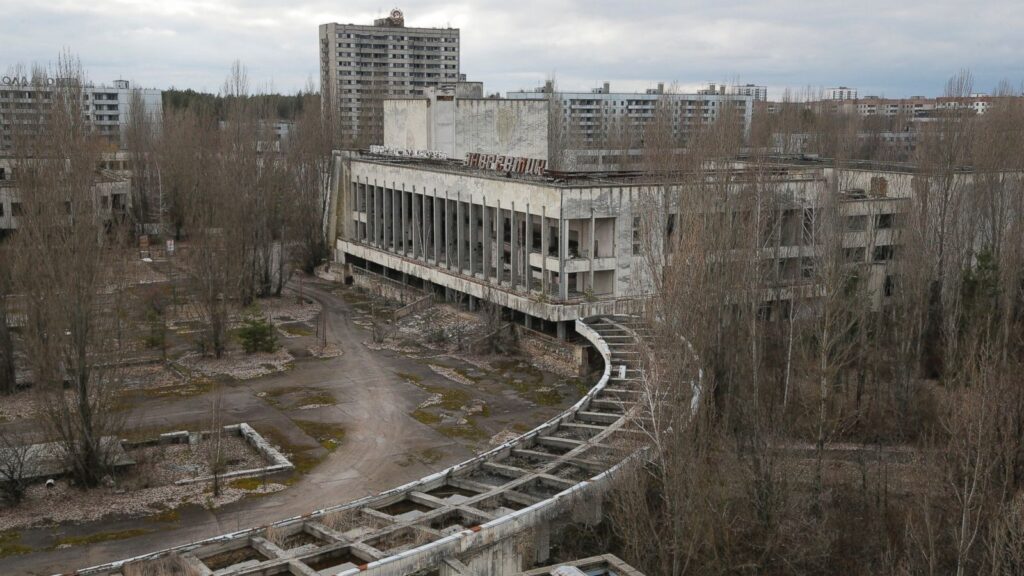
Today, Chernobyl and Pripyat are part of the Chernobyl Exclusion Zone, a 30-kilometer radius around the plant where access is restricted.
But here’s the weird part—you can visit it now. Yeah, seriously. Guided tours take you to the abandoned buildings of Pripyat, past the rusting Ferris wheel (which never got used), the old school with dusty textbooks, and even to a viewing point of the destroyed reactor—now safely covered with a massive steel structure called the “New Safe Confinement.”
And guess what? Wildlife is thriving in some parts of the zone. Wolves, wild horses, lynxes—they’ve moved in, living free from humans. Turns out, nature rebounds fast when people stay away.
🎬 Pop Culture & The HBO Hype
The Chernobyl disaster has inspired books, movies, documentaries, and, of course, the HBO miniseries “Chernobyl”—which blew people’s minds with its gritty, gut-wrenching portrayal of the disaster and its aftermath.
The series brought renewed attention to the tragedy, showing the world just how close we came to an even bigger catastrophe. It also shined a light on the bravery of the people who tried to stop it.
🔎 Lessons Learned
Chernobyl wasn’t just a tragedy—it was a wake-up call.
It exposed the dangers of nuclear power when not managed properly. It revealed how damaging secrecy and denial can be. It also pushed the world to demand safer nuclear technology and more transparency from governments.
Many countries slowed down or shut down their nuclear programs. Others doubled down on safety protocols. Chernobyl showed what happens when we lose control—and how crucial it is to never let that happen again.
💭 Final Thoughts: A Chilling Legacy That Still Glows
Chernobyl is one of those stories that sticks with you. It’s not just about radiation or disaster—it’s about human error, resilience, bravery, and tragedy. It’s about what happens when things go wrong at a massive scale—and what people do to make things right, even at great personal cost.
Today, the name “Chernobyl” is a symbol. Of danger. Of silence. Of a past we shouldn’t repeat.
But it’s also a place where life is weirdly starting again, where nature is reclaiming its space, and where the world comes to remember—because some lessons should never be forgotten.
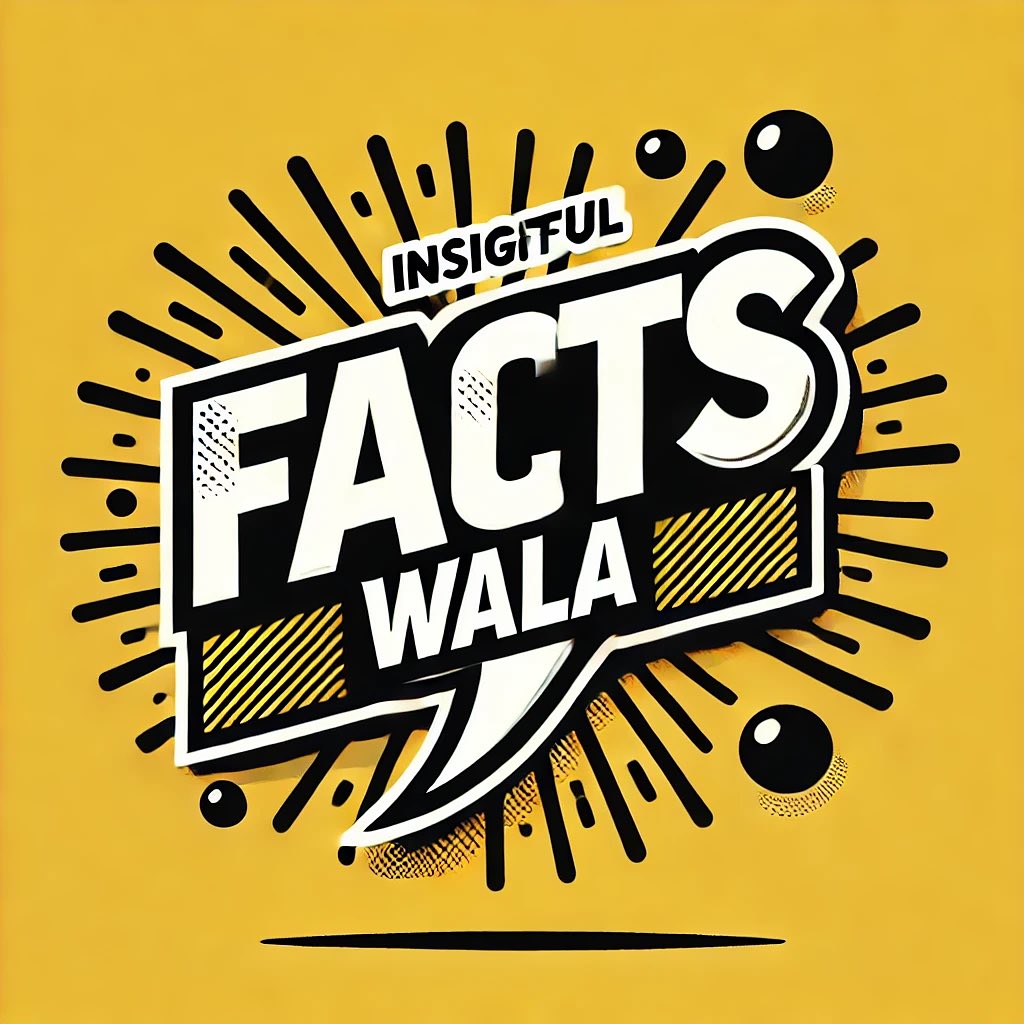






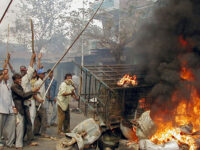
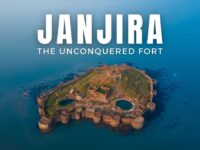
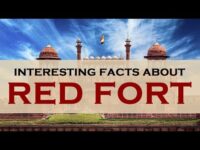




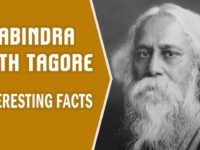







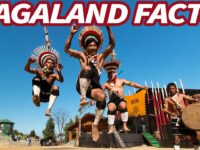







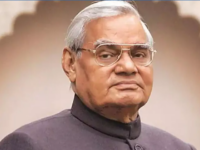


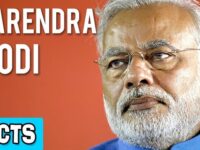
















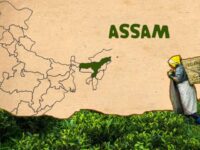

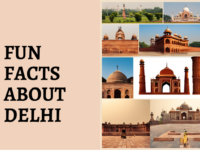









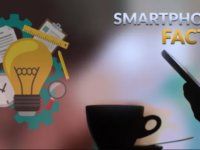




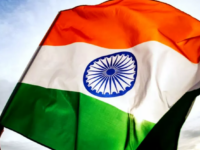


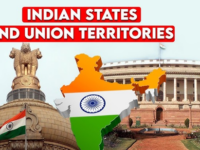









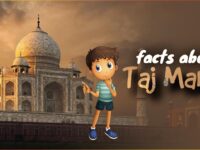





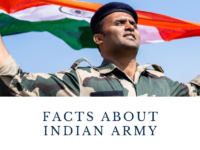

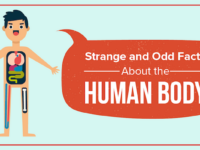
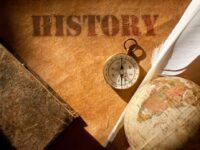














0 Comments